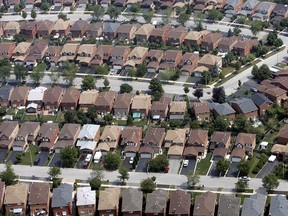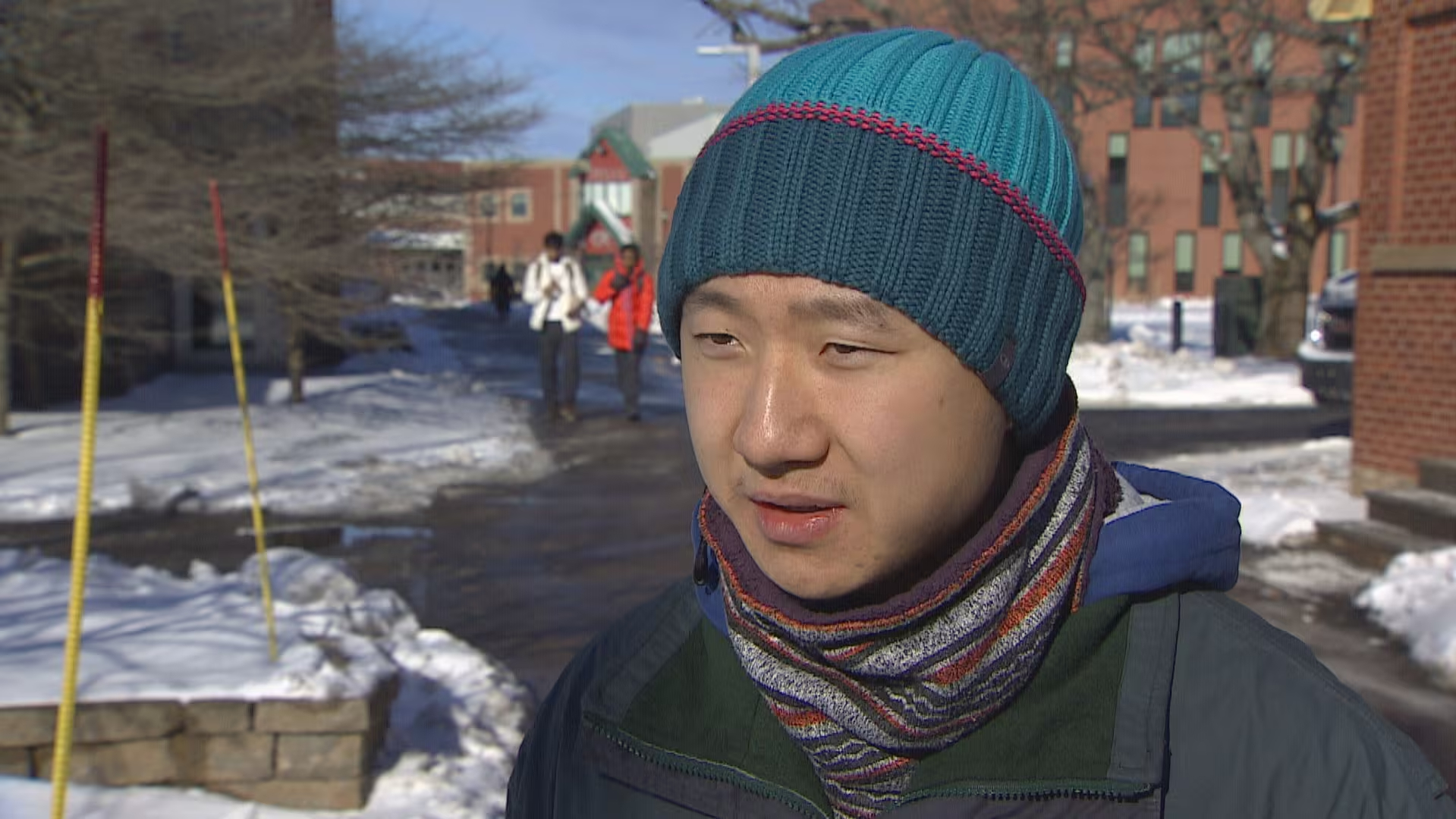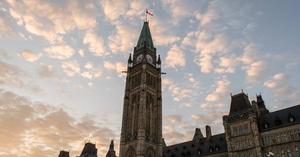Canada’s record population growth in the third quarter brings its housing crisis into the spotlight once again, with economists urging governments to boost spending to accommodate all the new arrivals.
The country added 430,635 people from July to October, Statistics Canada said on Dec. 19, with the 1.1 per cent boost to the population being the highest quarterly growth rate since the second quarter of 1957. Overall, more than one million people were added during the first nine months of 2023, which is higher than any other full-year period since 1867.
“The population numbers once again reinforce the need to boost the housing supply and bolster infrastructure spending,” Desjardins economist Marc Desormeaux said in a Dec. 19 note.
He added that until Canada improves its “long-run underperformance on productivity,” the country is “at risk of further declines in gross domestic product per capita (and our standard of living).”
Canada depends on immigrants to boost its economy and to replace its aging population. But the country is now battling inflation and a housing crisis, so economists and think tanks have urged the federal government to provide more clarity on how it plans to accommodate hundreds of thousands more newcomers.
Bank of Canada deputy governor Toni Gravelle highlighted the issue in a speech on Dec. 7, when he said the recent increase in immigration is adding pressure to Canada’s existing housing supply crisis, though he said it did not have a significant impact on inflation overall.
The federal government has made several initiatives to increase housing supply in recent months; however, BMO Capital Markets senior economist Robert Kavcic believes it will be difficult to match the quick rise in population.
“In no version of reality can housing supply respond to an almost overnight tripling in the run rate of new bodies,” he said in a Dec. 20 note. “At 2.5 people per household, we’d need more than 170,000 new units every three months at this rate of population growth … right now, the industry is working all-out to complete 220,000 in a full year.”
Canada recently decided to plateau its long-term immigration targets, a change from the original plan to increase the target each year. It aims to bring in 465,000 permanent residents in 2023, but that target will gradually increase to 500,000 by 2025, where it will remain for 2026.
In the third quarter, Canada added 107,972 permanent residents, which took the overall tally for the year to 371,299 — about 80 per cent of its 2023 goal.
Aside from housing, the rise in immigration affects inflation, something the Bank of Canada has been trying to curb for several months through interest rate increments.
“The headcount surge is boosting demand for goods and services and risks further inflaming price pressures,” Desormeaux said. “Yet, over time, it should also help to increase the supply of available workers, thereby reducing labour market tightness and mitigating the risk of wage-push inflation.”
The economist doesn’t expect the growing population to affect future Bank of Canada decisions. He predicts the bank will hold its interest rate steady in January and start cutting by mid-2024.
Bank of Nova Scotia analyst Rebekah Young expects population growth to “land somewhere closer to 1.2 million” by year-end with much of the increase coming from non-permanent streams, including international students and temporary foreign workers.
The number of non-permanent residents in Canada increased to about 2.5 million from about 2.1 million between July and October, representing a net increase of about 312,800 people, the largest quarterly increase since 1971, which is when data on non-permanent residents became available.





